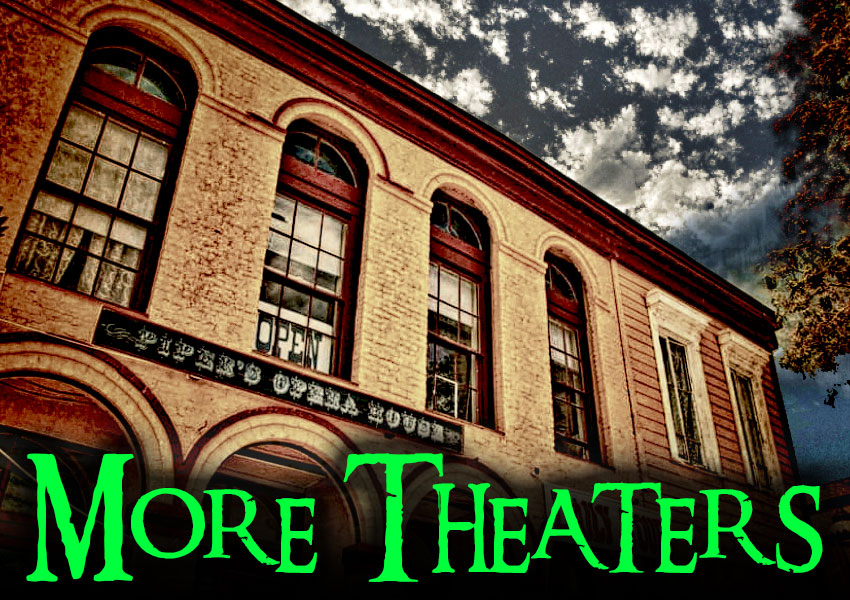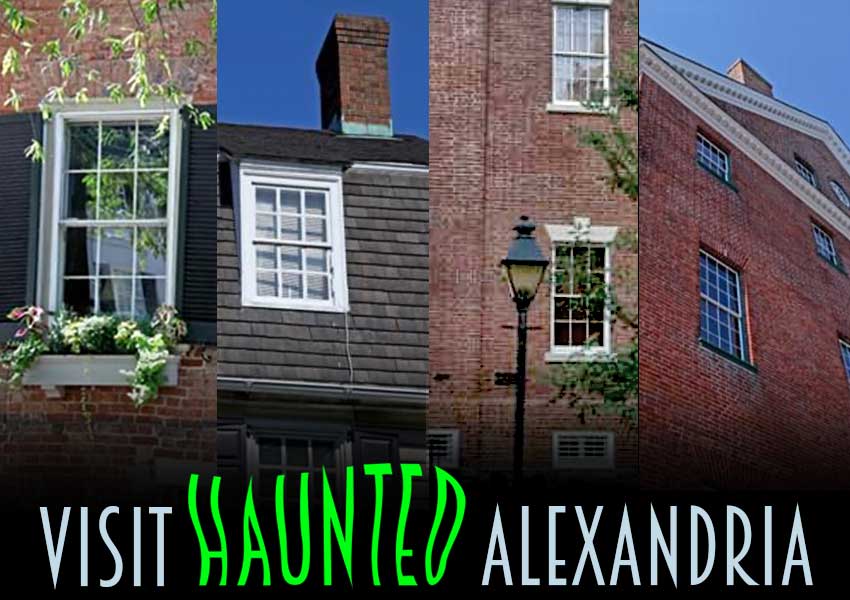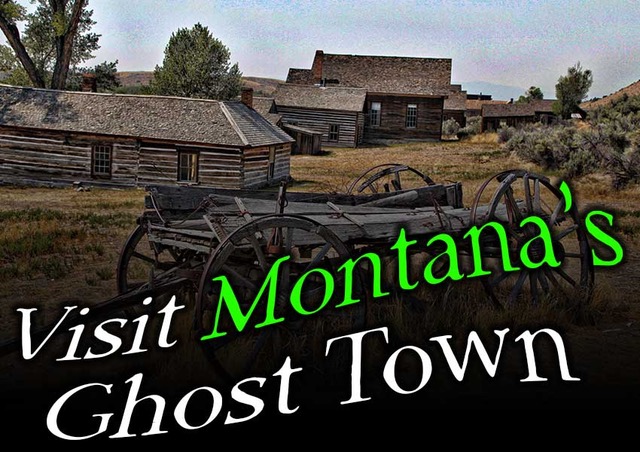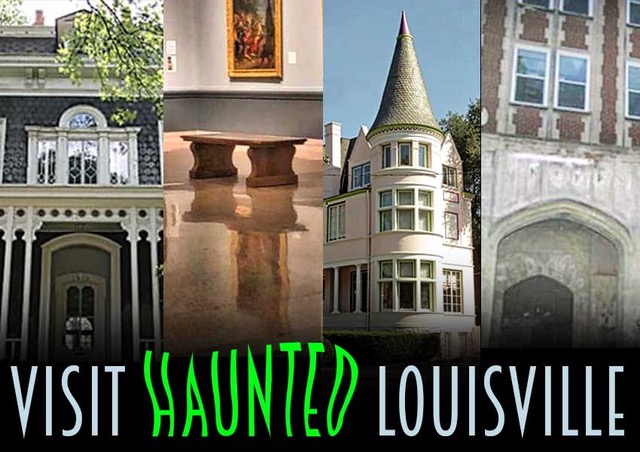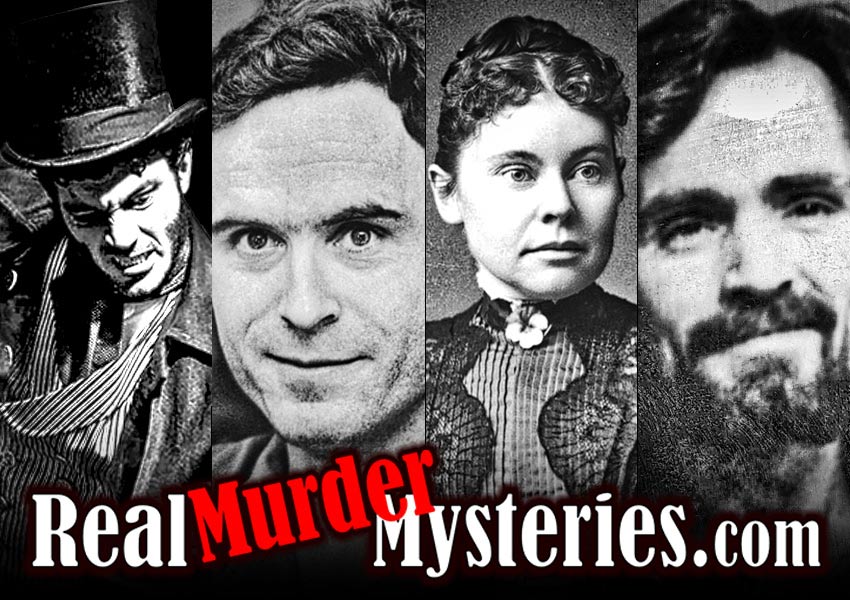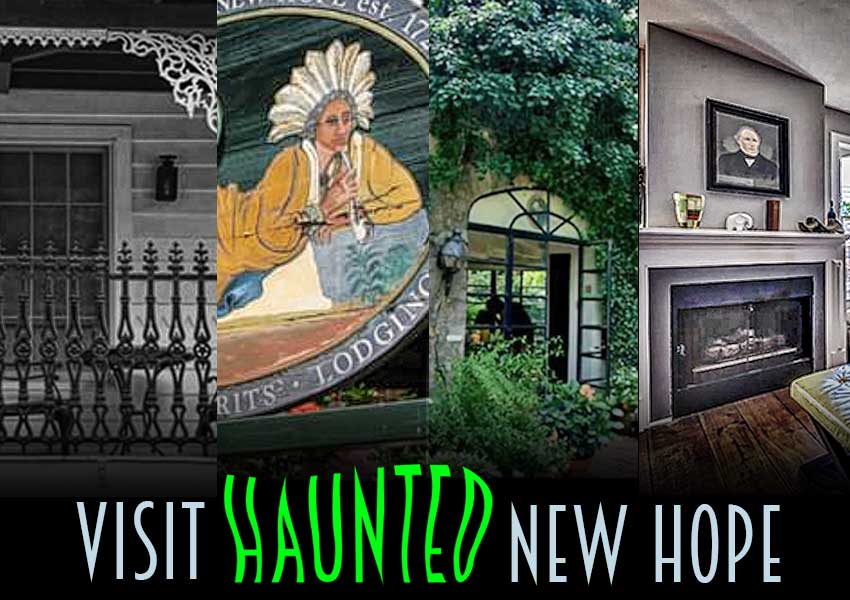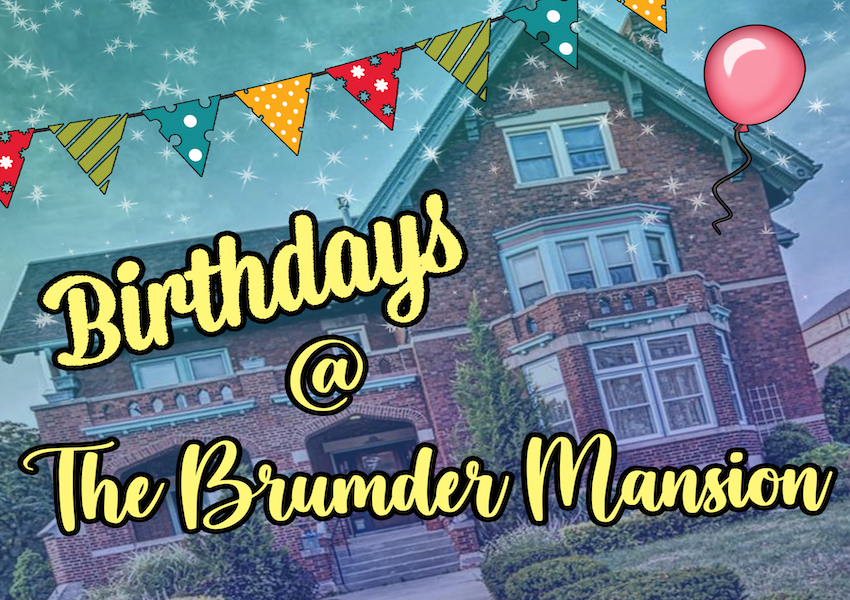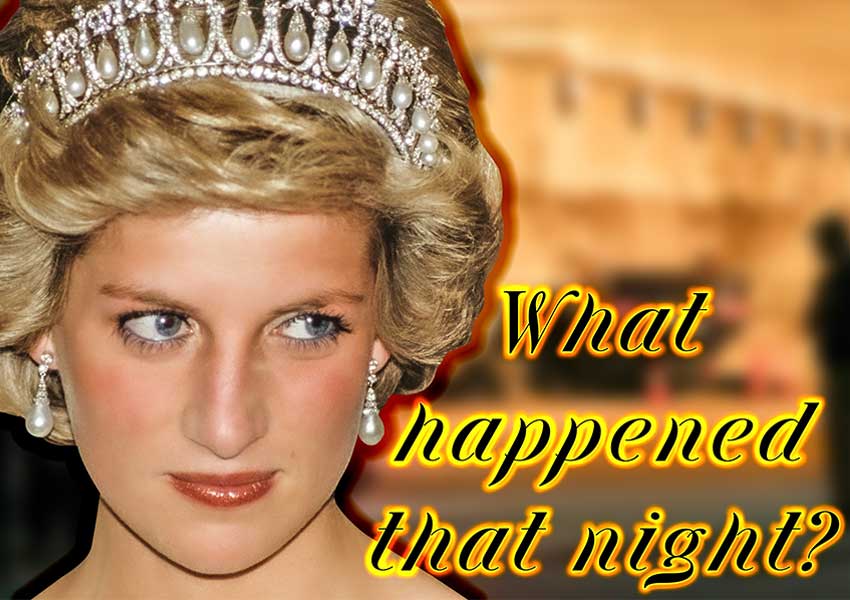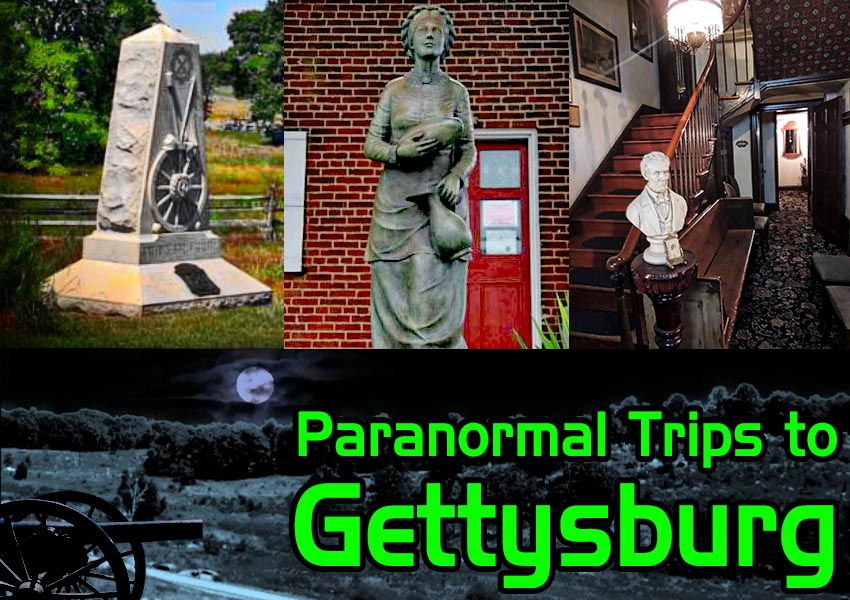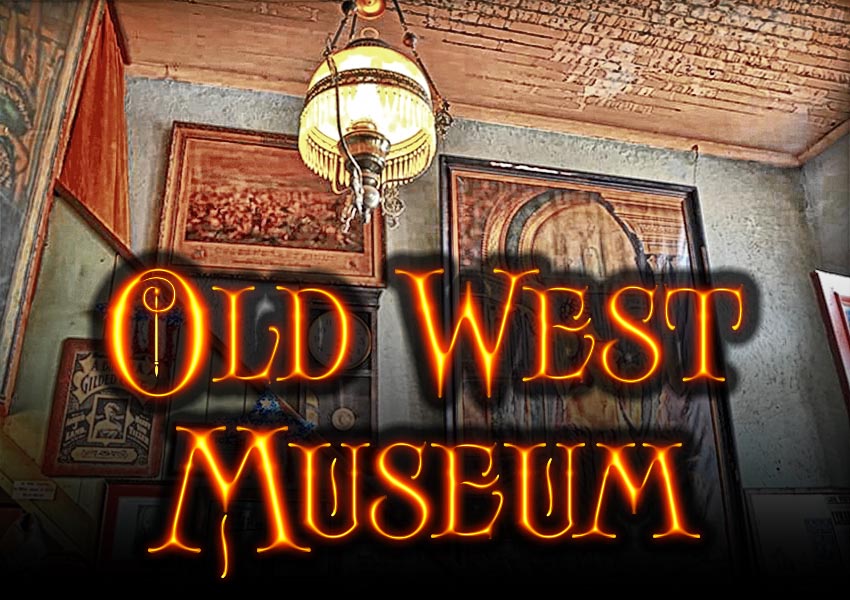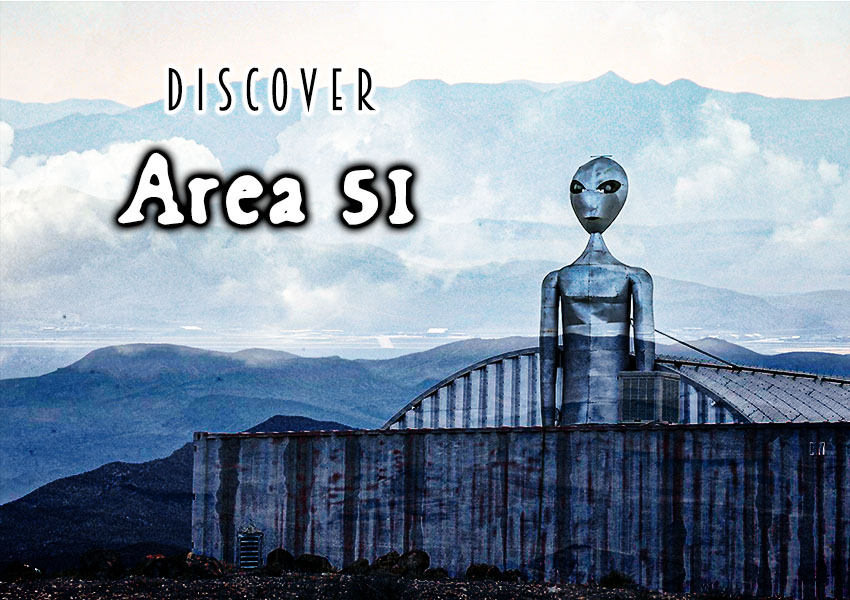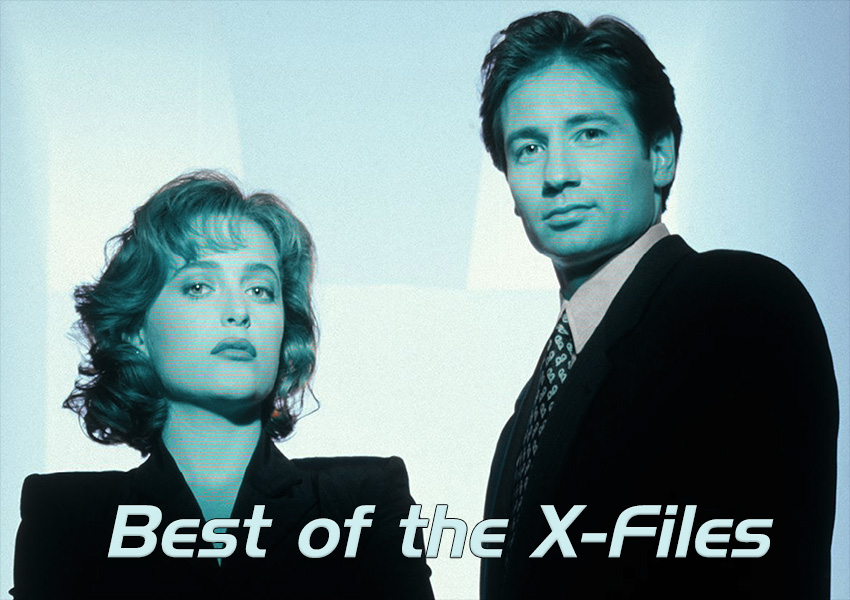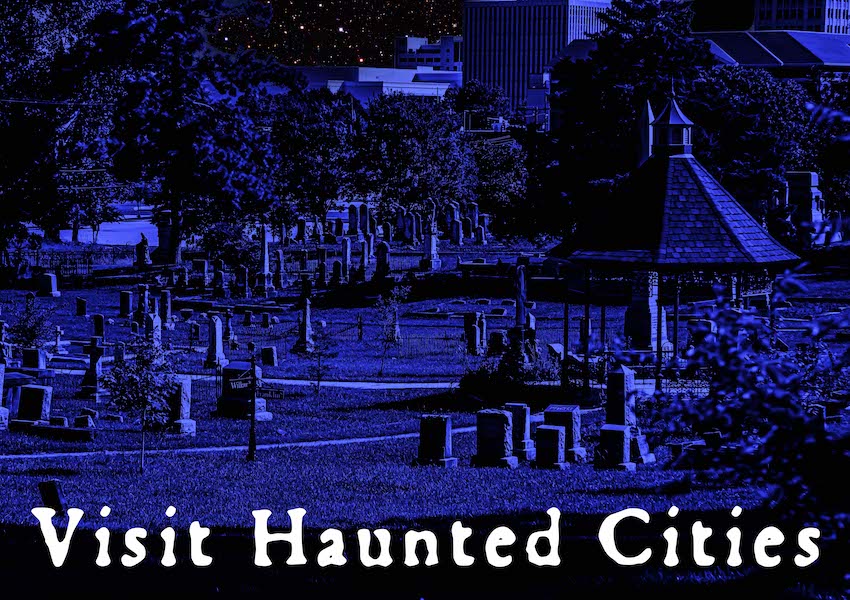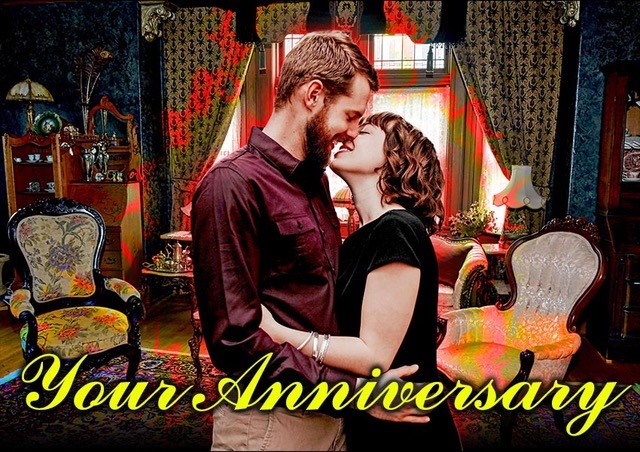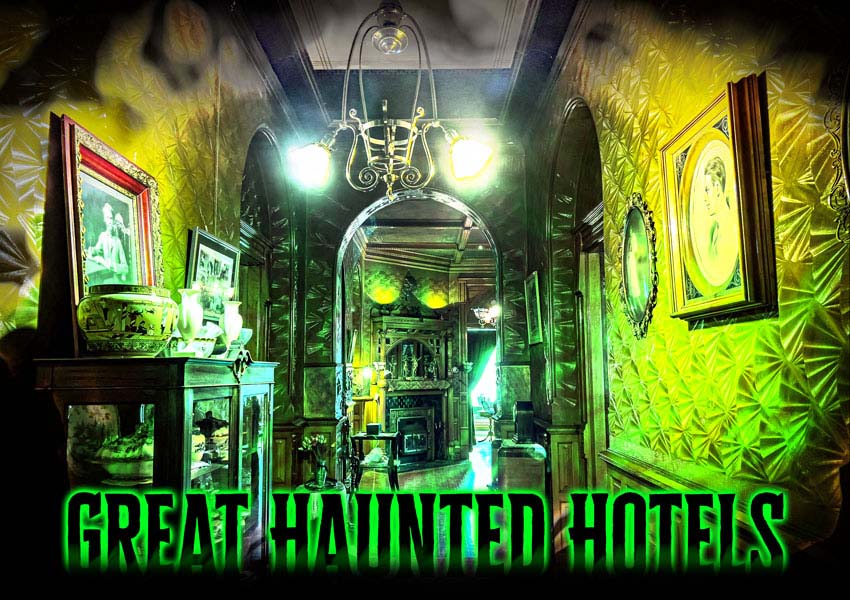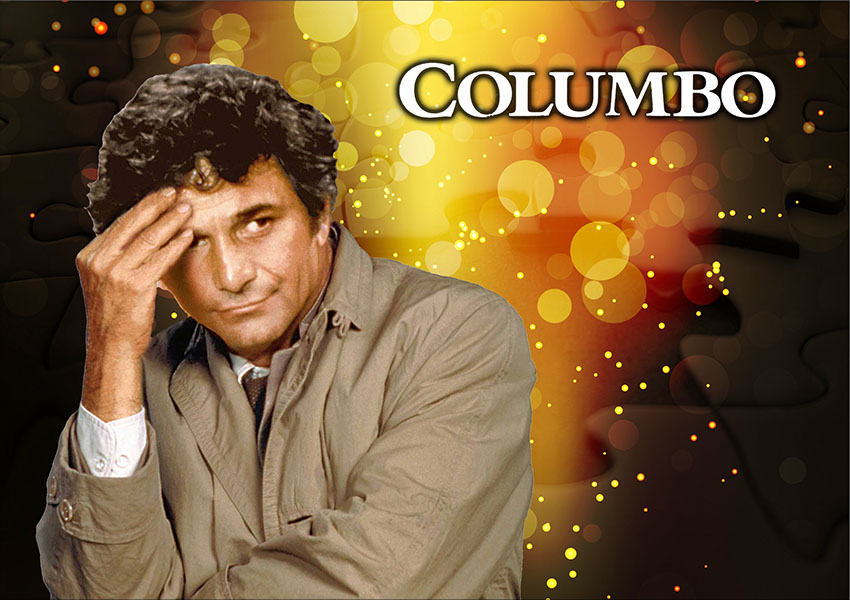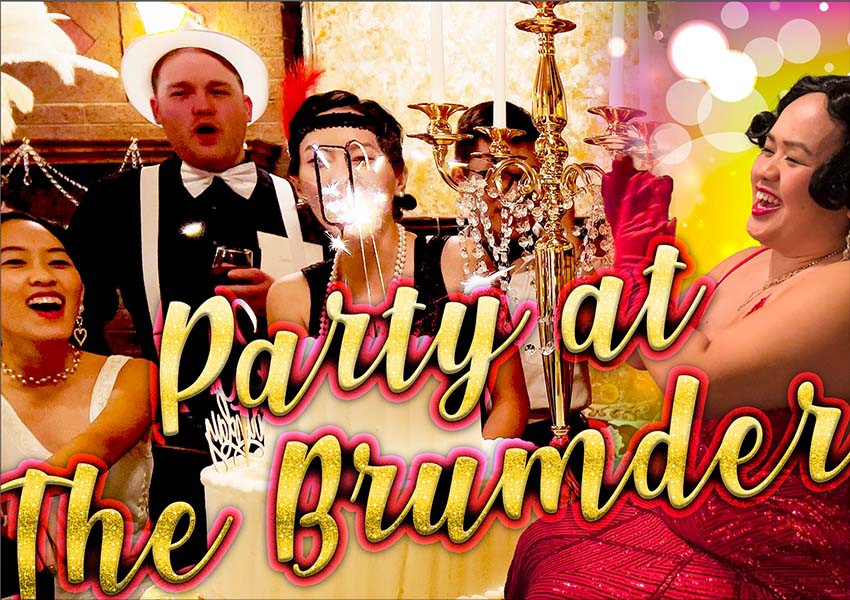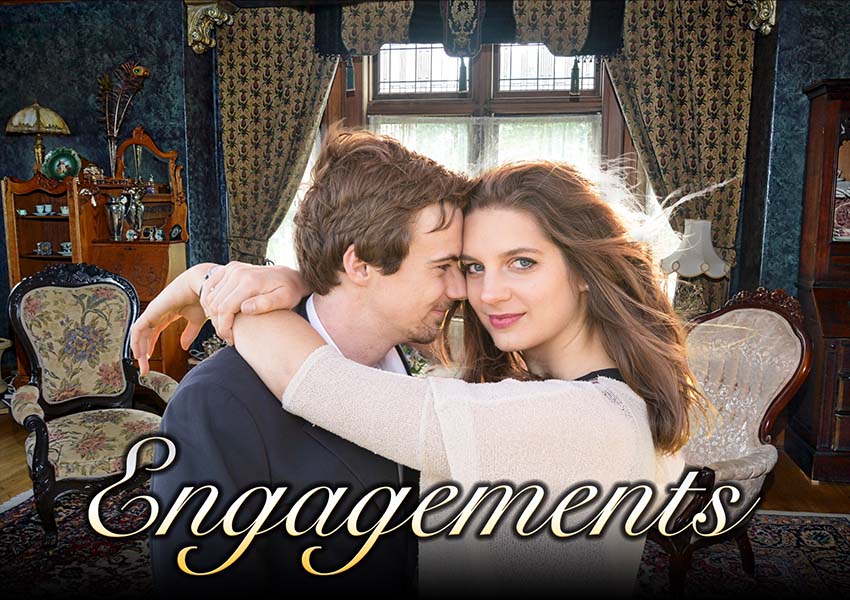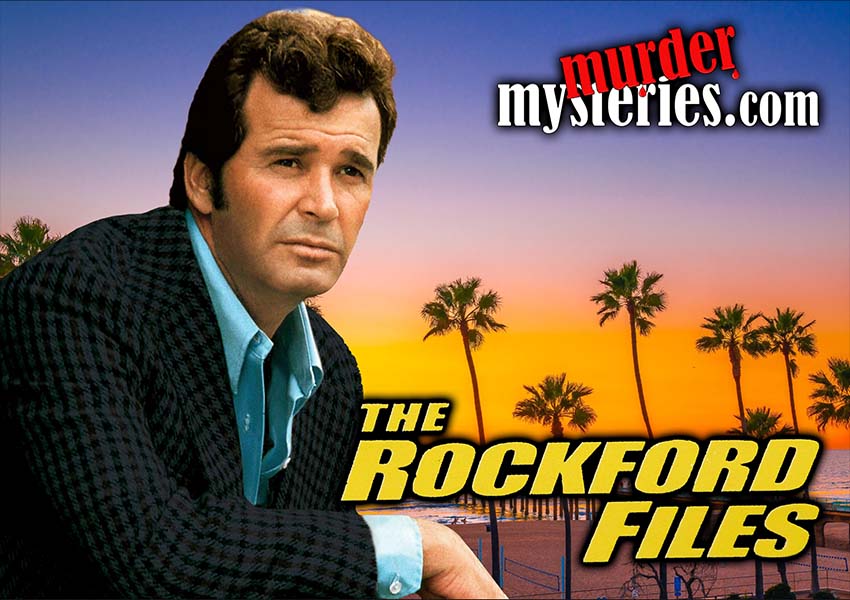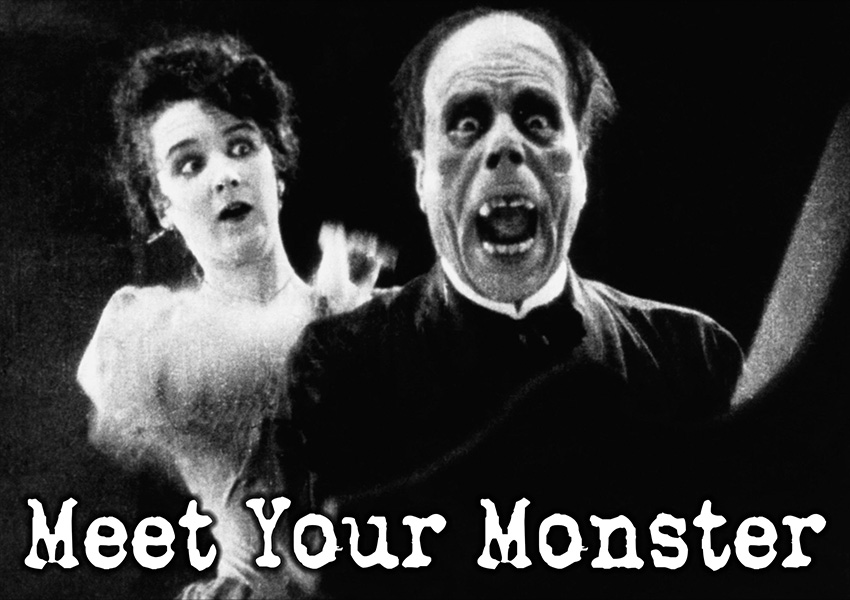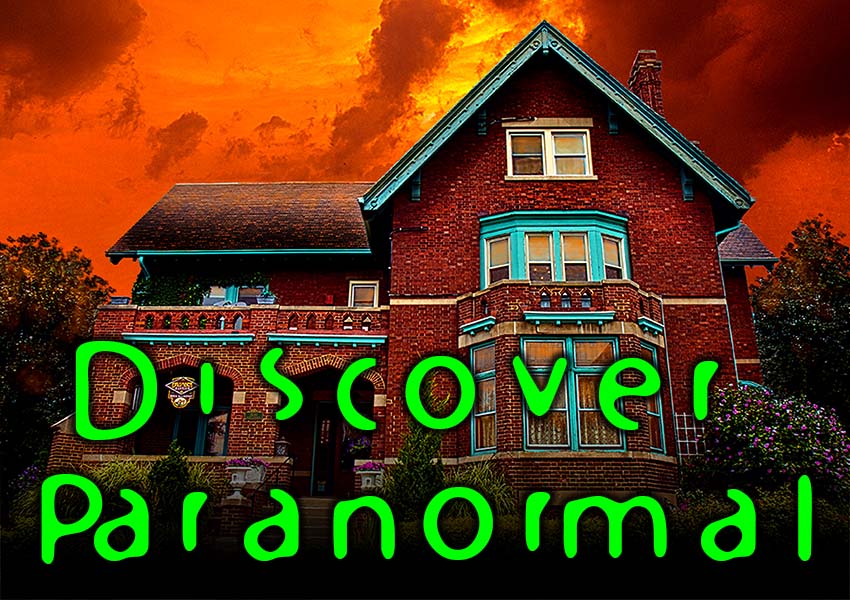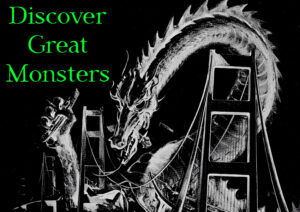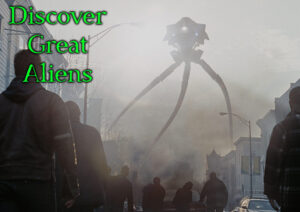Easton Pennsylvania
Easton Haunted Theater
A spectral theatre manager became its guardian: with patience and perseverance.
During renovations, this spirit again went all out to encourage.
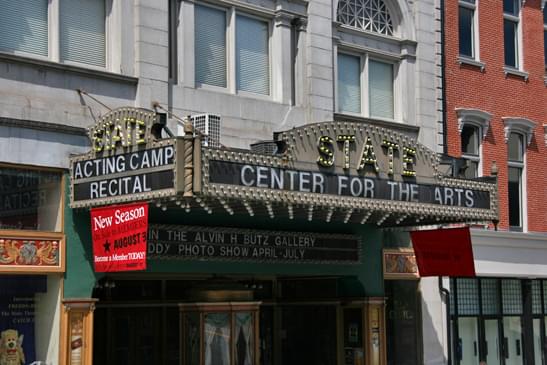
DESCRIPTION
The 1925 era State Theatre, now called “State Center for the Arts”, adds a lot to the historic downtown area, being a carefully restored and renovated building’ Its impressive facade stands out along the city sidewalk, being very much a 1920s European style 0f architecture that was very popular in theatres of this era.
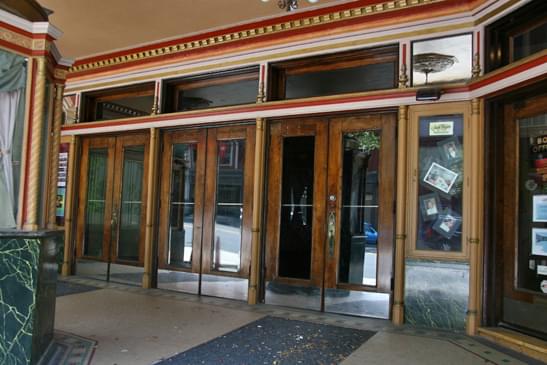 The building that was originally built on this downtown street property in 1873 was for the Northampton National Bank. In 1910, the new owner demolished the back of the bank building, leaving the granite facade and the foyer; and proceeded to remodel the inside to create the small Neumeyer Theatre, for vaudeville entertainment acts, that came through Easton. In 1914, it also became a silent movie house, and changed its name, to Northampton Theatre, and then to the Colonial Theatre, in 1916.
The building that was originally built on this downtown street property in 1873 was for the Northampton National Bank. In 1910, the new owner demolished the back of the bank building, leaving the granite facade and the foyer; and proceeded to remodel the inside to create the small Neumeyer Theatre, for vaudeville entertainment acts, that came through Easton. In 1914, it also became a silent movie house, and changed its name, to Northampton Theatre, and then to the Colonial Theatre, in 1916.
In 1925, a bigger and finer theater was built in the smaller theatre’s place, designed by Philadelphian architect William H. Lee. Lee used the beauty of Florence, Italy’s Davanzati Palace, along with some Spanish influences to draw inspiration for the beautiful, graceful architecture that can be found on both the outside and inside of this theatre. Thanks to local Italian artisans, elaborate, beautiful frescoes, gilding, and other art work adorned the inside of the theatre, especially in the foyer and lobby areas.
In 1930, after “talkies” became popular, and Vaudeville and silent films were deemed entertainment of yesteryear, the State Theatre became strictly a sound movie house. A large movie screen and new equipment for stereophonic sound were installed.
The State Theatre was fortunate enough to have a very dedicated building manager, Fred Osterstock took his job to heart, and loved his responsibility “immensely”, making it the very center of his life (uh oh!). Fred was in charge during the entire time that State Theatre showed movies; starting in 1930, until the 1956, when he retired.
By the 1960s, the building was looking very frumpy, in need of TLC and major restoration, but the new ownership didn’t have the cash to do so, considering the state of disrepair of the building.
Under this new ownership, the once proud State Theatre became a venue for a porno parlor, showing naughty films, and probably selling equally naughty stuff. This probably broke Fred’s heart. In the 1970s, Fred died.
During the 1970s, the theatre changed hands again. The beautiful art work and frescoes were painted over with brown and blue paint by the new owners. The State Theatre became a venue for live rock music.
By 1981, the entire theatre was in terrible shape and was turned over to The National Development Council, probably in charge of urban renewal. Soon, the once proud State Theatre had a date with the old wrecking ball. Fortunately, a courageous band of citizens of Easton got together, calling themselves, “Friends of State Theatre”, and were able to raise enough money to buy this property; saving this piece of history, to be enjoyed by the Easton community.
After stabilizing the theatre building, Friends of State Theatre began the long journey of raising money for restoration of State Center for the Arts by showing silent films. They got their legal ducks in a row too, getting established as a 501(c)3 non-profit organization.
RENAISSANCE CAMPAIGN – PHASE ONE: Was a 1.2 million restoration/renovation project that took place in 1986, where basic necessities were repaired, replaced or upgraded.
In 1990, after $2.5 million was raised from private, corporate, and public partners, the FINAL PHASE was accomplished, that took care of a comprehensive restoration of the frescoes and art works, walls, and floors. The Restoration of all the seats, installation of new carpeting, and the construction of openings and stairways to connect the theatre with the former Best Market building was done as well.
In 2009, another major renovation and restoration took place, called The BRAVO! Capital Project. This allowed State Center for the Arts to meet the standards set by the historic district, as well as to do some upgrades, creating in the theatre some “must haves” to continue on being a viable theatre, including: a new HVAC system, rest rooms, a new stage floor, production improvements, an expanded wing, and artist accommodations.
It has been restored, and now offers something for everyone; a variety of live music events and a few theatrical productions as well. This year’s events include performances by Ringo and his All Starr Band, Johnny Mathis, Colin Mochrie & Brad Sherwood, NOBODIES OF COMEDY, Yani and his orchestra, A NIGHT OF DOO WOP & ROCK-N-ROLL, Piano Men, 50s DANCE PARTY and Bill O’Reilly. Theatrical productions scheduled so far this year are Disney’s Beauty & The Beast, and MRS. HONEY B’S GUIDE TO LOVE AND MARRIAGE.
Every year, State Center for the Arts offers their own version of the Academy Awards to encourage up and coming students of the arts, in music and drama programs in high schools, from Lehigh & Northampton Counties in Pennsylvania and Warren County New Jersey. Students compete for outstanding achievement awards in 21 categories, including a student scholarship from DeSales University.
They are called Freddy Awards, named after the theatre’s resident spirit, J.Fred Osterstock, whom they embrace and accept as the theatre’s longest serving building manager, who is cheering them on at this point in time.
HISTORY OF MANIFESTATIONS
Not taking care of something that was much loved and valued by a former deceased owner or employee, and/or using the property in ways that displease this former owner/employee, can act as a trigger for paranormal activity.
Loud rock music or loud performers can irritate the spirits, and cause paranormal activity. Other entities can enjoy the loud music or acts/plays as well.
Restoration of a fixer upper opportunity property can also be a trigger. It draws back into this world entities who loved the original building in its better days; sometimes wanting to help and supervise the living; letting the living know that they are there too, while enjoying their own memories of this special place.
Animals can often see entities that people cannot see.
MANIFESTATIONS
By the end of the 1970s, the owners, and the maintenance staff knew that a spirit was in the theatre but they didn’t know who it was.
Historian Ken Klabunde was closing down the building for the evening. The entity of Fred Osterstock walked on the stage; close enough to Ken, so that Ken got a good look at him. Intrigued, Ken went through the the old pictures of State Theatre, and found a photo of the man he saw, Fred Osterstock.
Male Entity of J. Fred Osterstock (Theatre Manager; then and now)
Described as a well-dressed gentleman, who likes to appear in solid/semi-solid form, being mistaken for a real live person.
Osterstock Has His Standards
His first appearances began during the rock band era at State Theatre.
The loudness of the music, the painting over of the art work, and the decaying building must have inspired this entity to respectfully try to help and encourage the inept folks who owned his theatre.
Yes, he would try to be patient, and give them some clues as to what needed to be fixed; things he would’ve taken care of if he was currently the living building manager.
He was spotted standing in the back of the theatre, looking hard toward the stage by the theatre’s maintenance staff. When approached to find out why he was trespassing, he melted into thin air.
Utilities Inspector!
Perhaps trying to point out the state of the theatre’s heat, water and electricity, he deliberately appeared in front of the maintenance staff once more, and led them into the utilities closet where he again disappeared.
When the maintenance staff found no one in the closet, the police were called, but no one was found in the theatre.
Fred Osterstock again made a deliberate appearance in front of the maintenance staff, who again called the police.
The police brought their dogs. During the ensuing walk through with the dogs, the dogs at some point sensed this unseen presence, stared at it, and reacted with raised hackles and growling, but wouldn’t move toward it.
An Encourager for those in Charge
Various members of the theatre’s board of directors were privileged to rate a visitation of Fred Osterstock, who again appeared to them in solid form, perhaps to encourage them.
Even today, his strong presence is felt in State Center for the Arts, and he is a welcomed spirit, who is both popular with the theatre staff and board, as well as the general public.
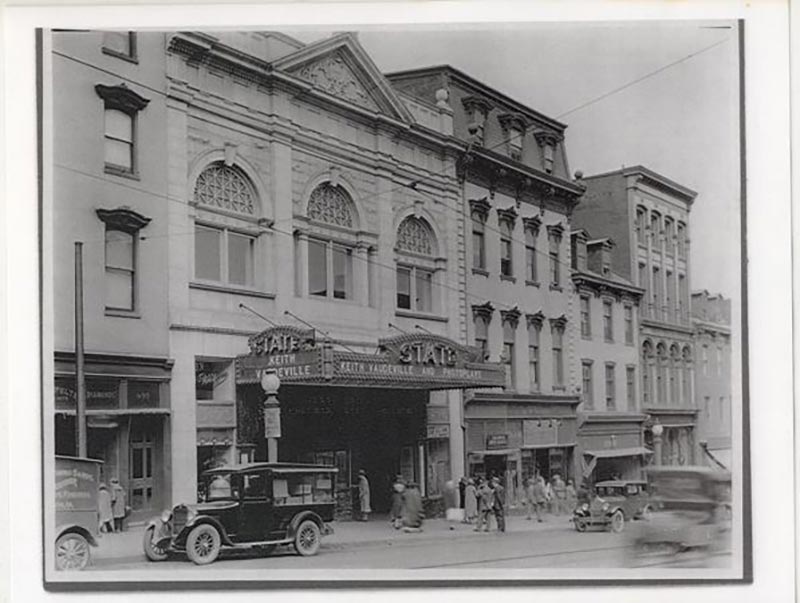
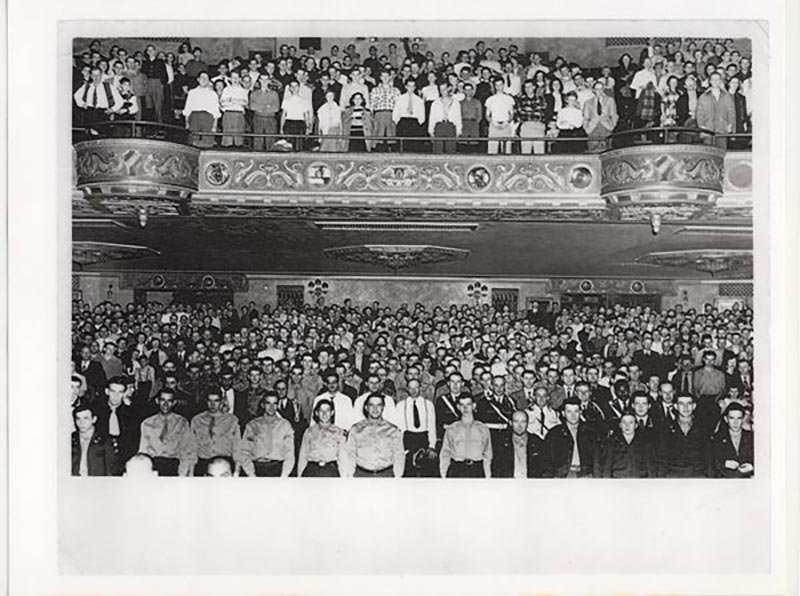
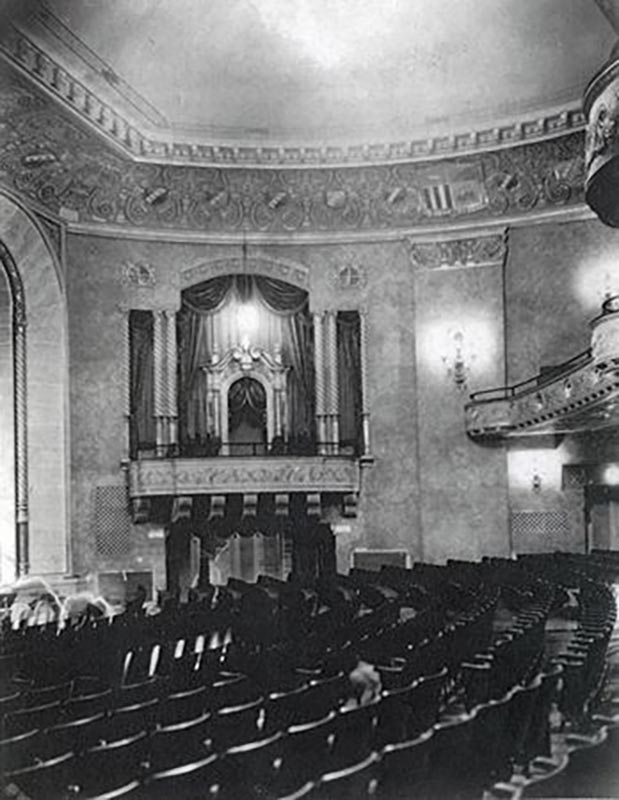

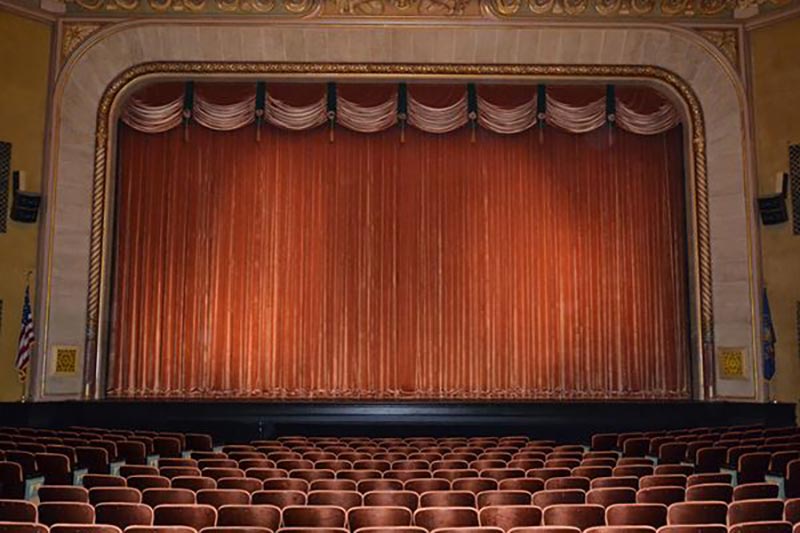
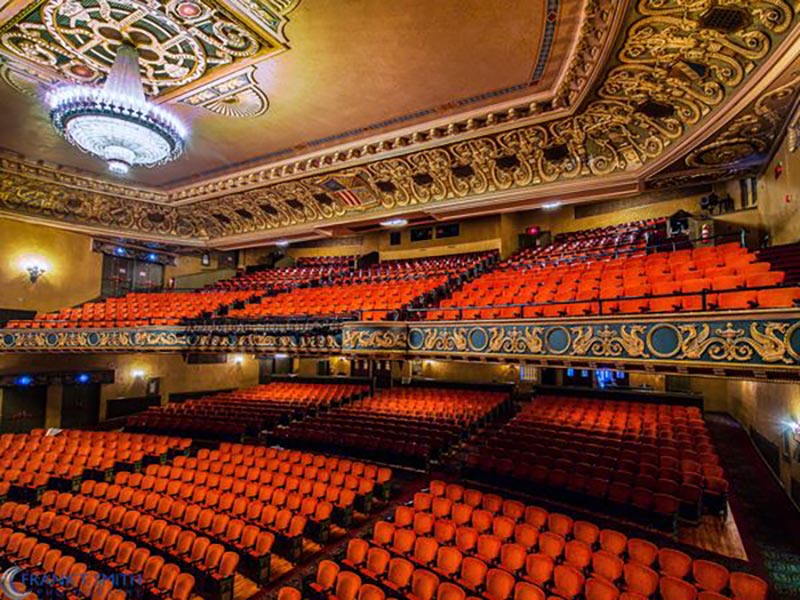
SOURCES INCLUDE
- The Big Book of Pennsylvania Ghost Stories
by Mark Nesbitt, and Patty A. Wilson, Stackpole Books, 2008 - HAUNTED PLACES: The National Directory
by Dennis William Hauck, Penguin Books, 2002 - statetheatre.org
Our Haunted Paranormal Stories are Written by Julie Carr
Our Photos are copyrighted by Tom Carr
Visit the memorable… Milwaukee Haunted Hotel


